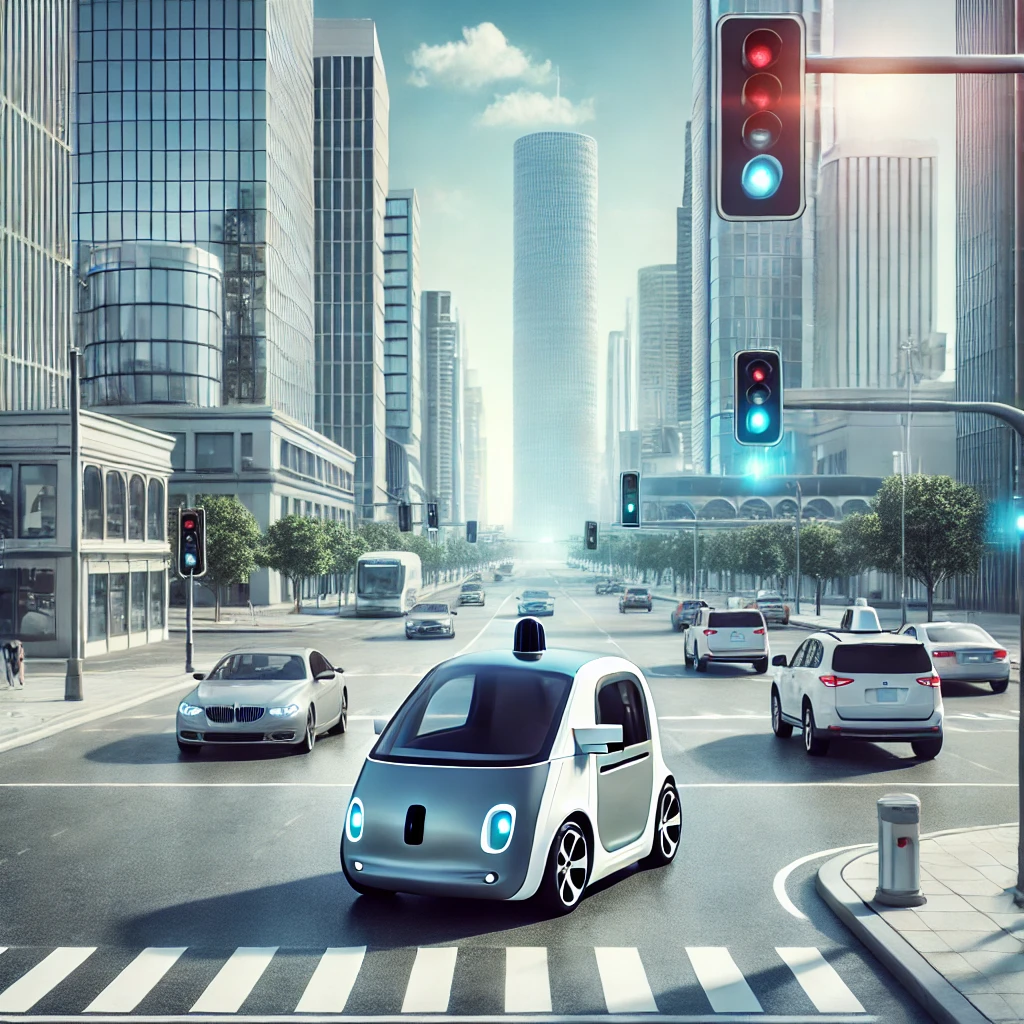The Future of Electric Vehicles: How Tech Innovations Are Driving the EV Revolution

Categories:
4 minute read
The electric vehicle (EV) industry is undergoing a transformative revolution driven by technological innovations. As we look to the future, three pivotal areas stand out: breakthroughs in battery technology, advancements in autonomous driving, and the development of charging infrastructure. This blog post will delve into each of these aspects, exploring how they collectively contribute to the EV revolution.
Breakthroughs in Battery Technology
Lithium-Ion Batteries
Lithium-ion batteries have long been the backbone of electric vehicles, offering a balance between energy density, cost, and lifecycle. However, recent advancements are pushing the boundaries of what these batteries can achieve. Researchers are now focusing on improving battery chemistry to enhance energy density and reduce charging times.
Solid-State Batteries: One of the most promising developments is the shift towards solid-state batteries. Unlike traditional lithium-ion batteries that use liquid electrolytes, solid-state batteries utilize solid electrolytes, which can significantly increase energy density and safety. This technology could potentially double the range of electric vehicles while reducing fire risks associated with liquid electrolytes[1][3].
Alternative Chemistries
In addition to solid-state technology, alternative chemistries such as lithium-sulfur and sodium-ion batteries are gaining traction. Lithium-sulfur batteries promise higher energy capacity at a lower cost, while sodium-ion batteries offer a more sustainable approach by utilizing abundant materials[2][3]. These innovations not only aim to enhance performance but also address environmental concerns related to battery production and disposal.
Recycling and Sustainability
As the demand for EVs increases, so does the need for sustainable battery production and recycling methods. Companies are investing in technologies that allow for efficient recycling of battery components, reducing waste and mitigating environmental impact. For instance, closed-loop recycling processes can recover valuable materials from used batteries, thereby decreasing dependency on raw material extraction[4].
Advancements in Autonomous Driving
The Intersection of EVs and AVs
The integration of autonomous vehicle (AV) technology with electric vehicles is reshaping transportation. Autonomous electric vehicles (AEVs) leverage advanced sensors and artificial intelligence to navigate roads safely and efficiently. This convergence is not just a technological trend; it represents a fundamental shift in how we think about mobility.
Safety Improvements: AEVs are designed to minimize human error, which is responsible for approximately 94% of traffic accidents. Equipped with sophisticated sensor arrays and machine learning algorithms, these vehicles can detect obstacles, predict pedestrian movements, and make real-time decisions to enhance road safety[1][2].
Regulatory Landscape
As AEV technology matures, regulatory frameworks are evolving to accommodate these innovations. Countries around the world are beginning to implement legislation that facilitates the testing and deployment of autonomous vehicles on public roads. For instance, the UK recently enacted The Automated Vehicles Act, paving the way for broader acceptance of self-driving technologies[5].
Industry Players
Major automotive manufacturers like Tesla and General Motors are at the forefront of this revolution. Tesla’s Full Self-Driving (FSD) package aims to achieve full autonomy through continuous software updates that enhance vehicle capabilities over time[6]. Meanwhile, GM envisions a future where all autonomous vehicles will be electric, emphasizing safety, eco-friendliness, and tech integration as key drivers for this transition[2][4].
Development of Charging Infrastructure
Current Challenges
Despite advancements in EV technology, charging infrastructure remains a significant barrier to widespread adoption. Many potential EV buyers express concerns about charging availability and speed compared to traditional gasoline stations. To address these challenges, extensive investment in charging networks is essential.
Fast-Charging Solutions
Innovations in fast-charging technology are critical for alleviating range anxiety among consumers. Ultra-fast charging stations can replenish an EV’s battery up to 80% in as little as 30 minutes, making long-distance travel more feasible[4]. Companies like ChargePoint and Electrify America are expanding their networks to include more fast-charging options across urban areas and highways.
Smart Charging Systems
The future also lies in smart charging systems that optimize energy use based on demand and grid capacity. These systems can schedule charging during off-peak hours when electricity rates are lower or when renewable energy sources are abundant[3]. By integrating smart grids with EV charging infrastructure, we can create a more sustainable energy ecosystem.
Incentives for Infrastructure Development
Governments worldwide are recognizing the importance of robust charging infrastructure in promoting EV adoption. Various incentives—such as tax credits for installing home chargers or funding for public charging stations—are being implemented to encourage both consumers and businesses to invest in EV technology[2][4].
Conclusion
The future of electric vehicles is bright, driven by groundbreaking advancements in battery technology, autonomous driving capabilities, and comprehensive charging infrastructure development. As these technologies continue to evolve and integrate, they promise not only to transform personal mobility but also to contribute significantly to environmental sustainability.
By addressing current challenges and leveraging innovative solutions, we stand on the cusp of a transportation revolution that could redefine our relationship with mobility—making it safer, cleaner, and more efficient than ever before.
As we move forward into this electrifying future, it is imperative for stakeholders across industries—manufacturers, policymakers, and consumers—to collaborate closely. Together, we can ensure that the transition to electric vehicles is not only successful but also beneficial for society as a whole.
Citations: [1] https://www.virtusa.com/digital-themes/autonomous-electric-vehicles [2] https://www.gm.com/stories/all-avs-should-be-evs [3] https://arxiv.org/pdf/2307.00016.pdf [4] https://www.govtech.com/fs/why-autonomous-and-electric-vehicles-are-inextricably-linked.html [5] https://evmagazine.com/top10/top-10-autonomous-vehicles [6] https://www.navya.tech/en/autonomous-hybrid-or-electric/ [7] https://www.reddit.com/r/SelfDrivingCars/comments/16rs6mz/best_electric_car_for_highway_self_driving/ [8] https://www.sciencedirect.com/science/article/abs/pii/S136192092200387X
Feedback
Was this page helpful?
Glad to hear it! Please tell us how we can improve.
Sorry to hear that. Please tell us how we can improve.